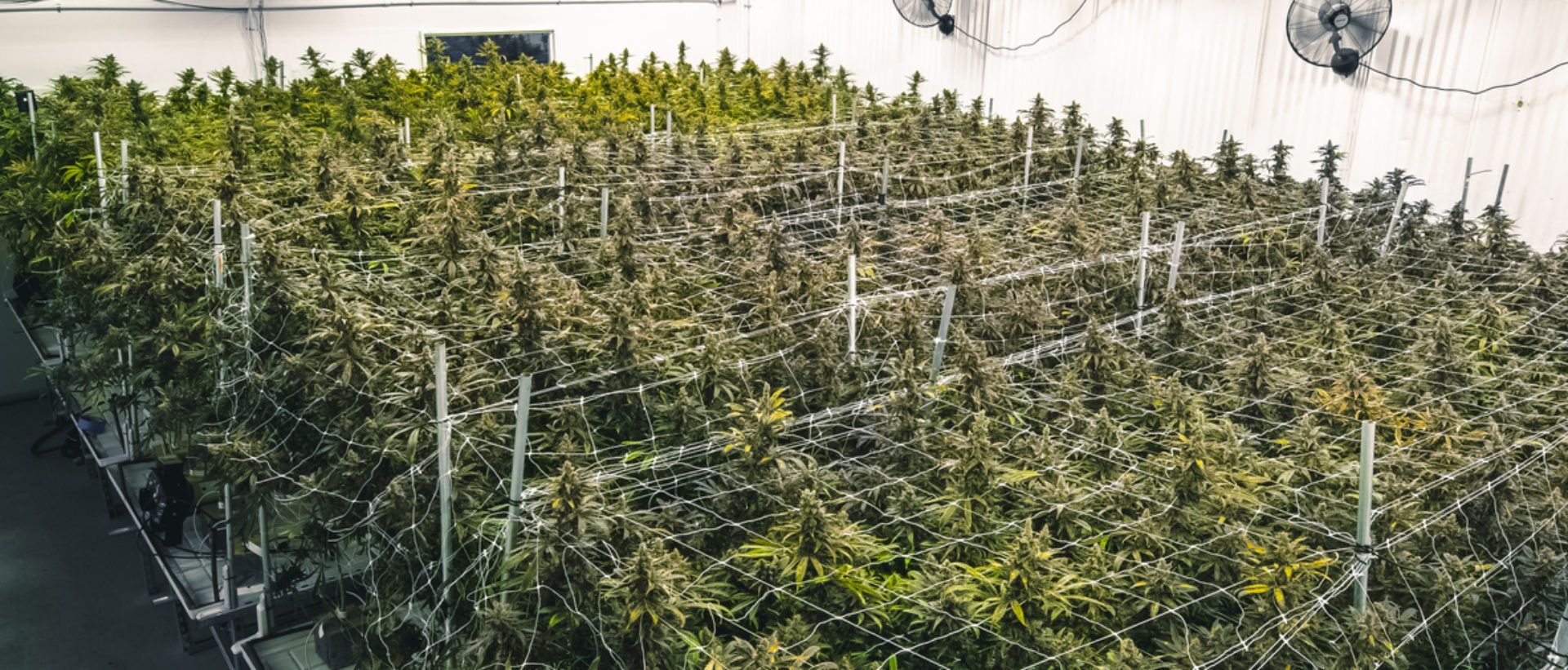Bulk cannabis markets across North America have witnessed pronounced price fluctuations driven by periodic oversupply and shortages. When supply significantly outpaces demand, prices tend to collapse, squeezing cultivators—especially smaller operators. Conversely, constrained supply can trigger rapid price escalation, benefiting well-capitalized players but exposing patients and consumers to elevated costs.
Oversupply: Price Collapse & Market Consolidation
During “croptober,” the annual fall harvest, large outdoor yields often inundate the market. In states like California and Colorado, this seasonal flood contributes to price drops of 10–30% or more, forcing outdoor growers into steep discounting or non-compliance with cultivation taxes. For example, California’s price per pound dropped from about $1,200 in 2021 to as low as $700–750 due to overproduction. This margin collapse drives many small-scale and legacy cultivators out of business; in California, over 60% of farms exited post-legalization. In Washington, canopy expansion led to persistent oversupply and a 31.6% decline in producer licenses since 2017.
Industry Consolidation & Efficiency Drive
Prolonged low-price environments pressure producers to cut costs or exit the market. To stay afloat, some invest in automation, streamline cultivations, or pursue mergers and acquisitions. Many operators focus on operational efficiency during price slumps to maintain profitability. Mature markets often bottom out around $650 per pound, prompting consolidation among financially burdened cultivators.
Shortages: Price Surge & Shifting Bargaining Power
Newly opened markets typically experience initial supply shortages. In Maryland’s emerging adult-use market, wholesale prices soared over 125% in the first year due to constrained supply. In Canada by mid‑2024, rising export demand and producer exits shifted markets from buyer‑ to seller‑dominance; many suppliers now require cash‑up‑front terms. This shift enhances liquidity and margin for established firms, while smaller operations may struggle to meet raised standards.
Market Maturity & Price Stabilization
After initial volatility, mature cannabis markets often stabilize once supply meets demand. Data from March 2024 show a modest year-over-year price rebound (~5%) following declines. Colorado and Oregon saw wholesale prices drop by ~$1,000 per pound within their 3rd–4th years of legalization—mirroring California’s average $400 decline over the same timeframe. Prices now often converge around $1,000 per pound nationally.
Regulatory Constraints & Illicit Market Pressure
Regulatory bottlenecks—such as licensing caps or delayed moratoriums—can lead to shortages, and thus, steep prices. Conversely, lax regulation and unlimited licenses often produce oversupply. Oregon, for example, issued nearly 2,000 grow licenses without caps, resulting in massive oversupply and price crashes of over 50%. High wholesale taxes, such as California’s flat cultivation fee, further compress margins during low-price periods. Persistent price declines and high regulatory burdens can drive consumers back to illicit sources, undermining the legal market.
Outlook & Strategic Implications
In conclusion, bulk cannabis pricing is highly sensitive to supply-demand dynamics. Oversupply leads to seasonal price depressions, market exits, and broader industry consolidation. Conversely, supply shortages enable significant price inflation and liquidity advantages for established suppliers. Regulatory frameworks and interstate commerce restrictions amplify these effects. Strategic operators that invest in cost-efficiency and obtain diverse distribution channels are better-positioned to navigate these market cycles.

